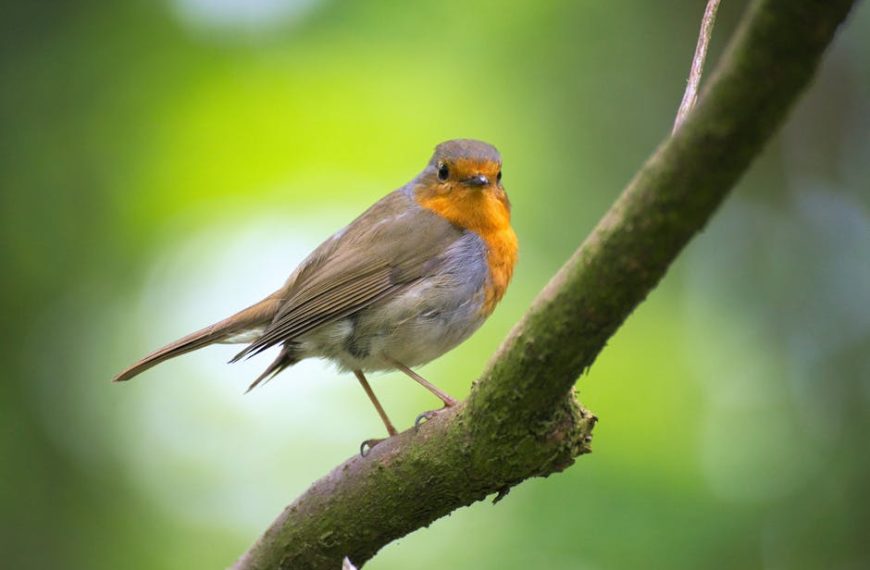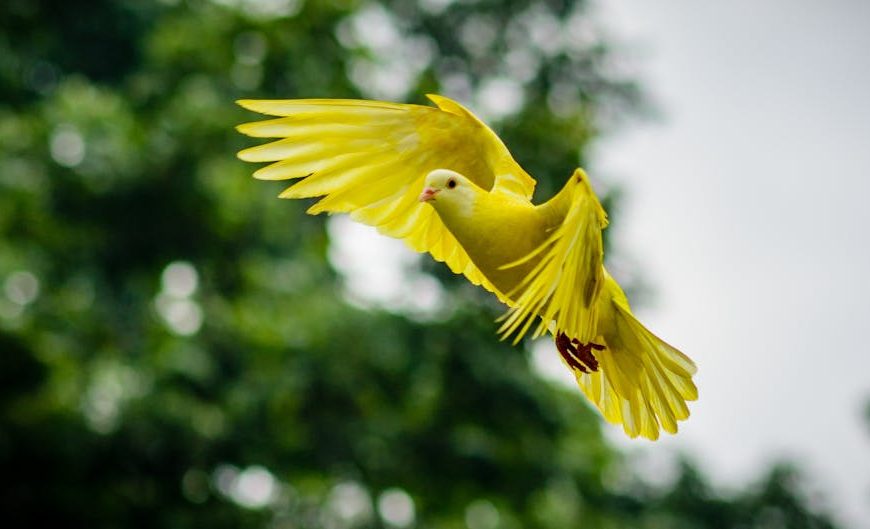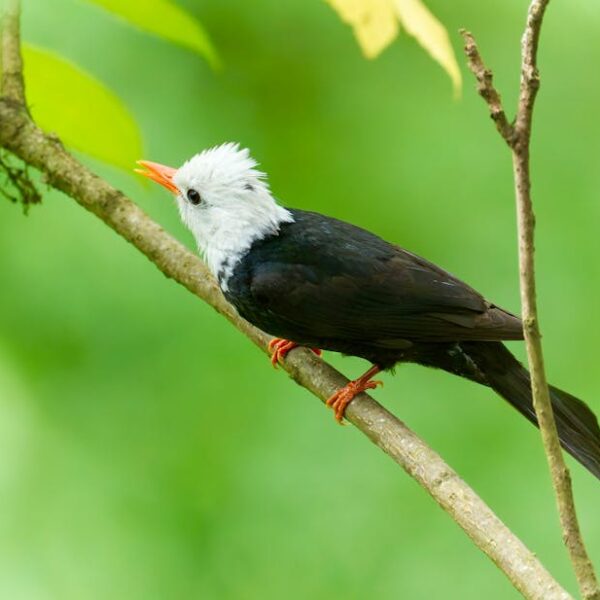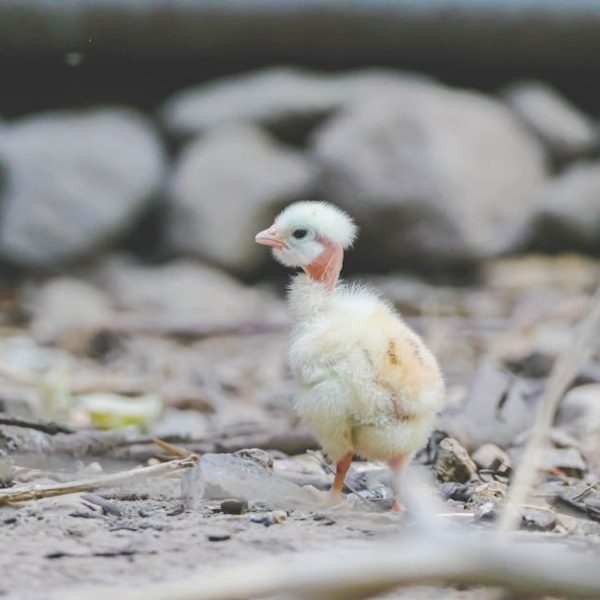Bats and birds have both firmly captured our imaginations, their aloft flights inspiring awe and often mythologies. These two groups of animals, with their prowess in the sky, naturally draw comparisons. Yet, beyond being winged creatures with the ability to fly, bats and birds have numerous key differences that set them apart. This article aims to provide an in-depth analysis of these differences, from their physical characteristics, behavioral patterns to reproductive strategies.
Understanding Bats: Introduction and Characteristics
As the only mammal capable of sustained flight, bats are an intriguing subject. Bats belong to the order of Chiroptera, consisting of more than 1,300 species spread across the globe. They can be primarily categorized into two broad groups: Megabats and Microbats. Megabats, also known as fruit bats or flying foxes, thrive on fruit, nectar, or pollen. Microbats, on the other hand, mainly consume insects but some species live on diets of fish, frogs, rodents, blood, or even other bats.
Pro tip: To identify different species of bats, pay attention to their size, location, and eating habits. For instance, if you spot a large bat hanging from a tree during the day in a tropical region, there’s a high chance it’s a fruit bat.
Understanding Birds: Introduction and Characteristics
Birds, members of the class Aves, are warm-blooded vertebrates with an astonishing diversity of around 10,000 species found worldwide. They vary greatly in size, color, diet and habitat preferences, from the small Bee Hummingbird to the large Ostrich. Predominantly, birds are characterized by their beaks, lightweight skeleton, and feathers, which contribute to their ability to fly.
Best Practice: Bird watching requires patience and observation skills. Utilize tools like binoculars and field guides to identify different bird species by their appearance, call, and behavior.
Differences in Physical Characteristics: Bats vs Birds
Despite both being capable of flight, bats and birds possess numerous physical differences, largely due to their contrasting evolutionary paths. Birds have lightweight bodies with strong, muscular chests to lift their feathered wings. Their beaks and feet reflect their diet and lifestyle.
On the other hand, a bat’s flight is achieved through its highly flexible, webbed wings consisting of a thin membrane of skin stretched over elongated finger bones. Bats do not possess feathers, and their small, sharp teeth are designed for a diet primarily consisting of insects and fruits.
Key physical differences between bats and birds:
- Wing Structure: Birds have feather-covered wings with a defined bone structure; bats have skin-stretch wings over elongated finger bones.
- Body Size: Birds vary widely in size; bats generally have small bodies.
- Beak vs Teeth: Birds have beaks; bats have sharp teeth.
Behavioral Differences: Bats vs Birds
Behavioral patterns diverge significantly between bats and birds. Most bats are nocturnal, employing echolocation to navigate and find food in the dark. Birds, conversely, are predominantly diurnal, relying on their keen eyesight during the day.
Moreover, while many bird species migrate long distances to exploit seasonal resources, the majority of bat species are residential, choosing to hibernate during colder months instead. Nesting behavior also varies: birds build nests where they lay their eggs, whereas bats typically roost in dark and secluded areas, such as caves and hollow trees.
Behavioral Checklist:
- Active Time: Most bats are nocturnal; most birds are diurnal.
- Migration vs Hibernation: Many birds migrate; most bats hibernate.
- Nesting: Birds build nests; bats roost in secluded areas.
Reproductive Differences: Bats vs Birds
Reproductive strategies are another significant point of divergence between bats and birds. Generally, birds lay eggs which they incubate and protect until hatching. The amount and pattern of parental care vary amongst species. On the contrary, female bats bear live offspring, usually just one pup per pregnancy, that they nurse with milk.
Seasonal reproduction is also observed, albeit differently, in both groups. A lot of birds breed in the spring, encouraging a burst of song and color as males compete for mates and try to attract females with their plumage and melodies. Bats, however, mate during the fall or winter but the females store the sperm to delay fertilization, giving birth in the spring when food is abundant.
Comparative chart of reproductive behaviors:
| Characteristic | Bats | Birds |
|---|---|---|
| Offspring | Live birth, usually one pup | Eggs, number varies with species |
| Parental Care | Mother nurses pups, no biparental care | Varies with species, usually both parents involved |
| Reproduction | Mating in fall or winter, delayed fertilization | Most breed in spring or early summer, lay eggs |
In conclusion, while bats and birds both capture our fascination with their mastery of flight, their differences are as striking as their similarities. From physical distinctions in wings and structure, diverse behaviors of feeding and adaptation, to the varied reproductive strategies, these two groups of flying fauna prove that even within the shared skies, nature thrives on diversity and complexity.
Key Takeaway:
- Bats and birds, while both being capable of flight and sharing common habitats, exhibit major differences in physical structure, behavior, and reproductive strategies.
- Bats, the only mammals capable of sustained flight, possess thin membrane wings without feathers, whereas birds have feathered wings derived from a different bone structure, demonstrating different evolutionary paths.
- Behavioral differences are marked by bats being predominantly nocturnal and using echolocation, while birds are mostly diurnal and rely on vision. Birds often migrate while bats usually hibernate.
- From a reproductive perspective, birds lay eggs with varying degrees of parental care, whereas bats bear live offspring, usually one pup that the mother nurses with milk.
As we delve deeper into the world of bats and birds, we find astonishing complexities and diversities that shatter our preconceived notions. Understanding these differences helps us appreciate these creatures even more and enlightens our perspective of the natural world. Let’s continue to explore and learn, affirming our respect for all forms of life.
FAQs
Q: Why do bats hang upside down?
A: Bats hang upside down as a survival strategy. It allows them to take flight quickly when threatened as they can easily drop and let gravity help them start flying.
Q: Do some birds also use echolocation like bats?
A: Yes, a few bird species, like the Oilbird and some species of swiftlets, have developed a form of echolocation to navigate in dark environments.
Q: Can all birds and bats fly?
A: While most species are capable of flight, there are exceptions. Some birds, like penguins and ostriches, cannot fly. Similarly, some bat species are flightless.
Q: What is the average lifespan of bats and birds?
A: Lifespan highly varies among species. Some small birds may live only 2-5 years, while larger species can live 20-60 years. Bats often live longer than similar-sized mammals, with many species living more than 10 years, and some even exceeding 30 years.
Q: Are all bats harmful to humans?
A: No, not all bats are harmful to humans. While some species can carry diseases like rabies, most bats play critical roles in ecosystems by controlling pest populations and pollinating plants. Observing them from a distance and not touching them is advised for safety.
Please feel free to share this article if you found it informative and don’t forget to explore more posts on our website to further your understanding of the natural world!












